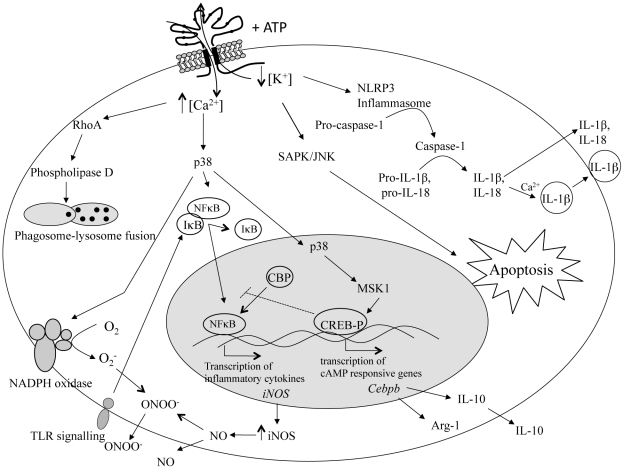Figure 1. Intracellular pathways in immune cells stimulated by P2X7 receptor activation.
Activation of the P2X7 receptor with extracellular ATP opens a cation-specific ion channel that results in the influx of Ca2+ and Na+ and the efflux of K+. Prolonged exposure to ATP creates a pore in the cell membrane that further increases the intracellular Ca2+ concentration as well as allowing passage of larger molecules. This alteration in the ionic environment of the cell triggers a number of cellular pathways. Efflux of K+ stimulates the formation of the inflammasome, resulting in the activation of caspase-1. Caspase-1 then cleaves pro-IL-1β and pro-IL-18 to produce IL-1β and IL-18, which are then secreted from the cell as part of the inflammatory response. The efflux of K+ and influx of Na+ also activates the stress-activated protein kinase (SAPK)/c-Jun N-terminal kinases (JNK) pathway, resulting in the induction of apoptosis. The influx of Ca2+ activates phospholipase D via RhoA, leading to phagosome/lysosome fusion and the killing of intracellular pathogens. Influx of Ca2+ can also activate the mitogen-activated protein kinase p38, stimulating a number of downstream effects. Phosphorylation of p38 leads to the assembly of NADPH oxidase at the plasma membrane, and the subsequent production of superoxide (O2 −), enhances nuclear factor kappa B (NFκB) activation via toll-like receptor (TLR) signalling and the subsequent transcription of inducible nitric oxide synthase (iNOS) and production of nitric oxide (NO), as well as production of tumour necrosis factor (TNF) and IL-6. It can also lead to the phosphorylation of cAMP response elements binding protein (CREB) via mitogen- and stress-activated kinase 1 (MSK1). Phosphorylated CREB (CREB-P) sequesters CREB binding protein (CBP), a co-transcription factor required for NFκB-mediated gene transcription, and inhibits transcription of NFκB-controlled genes. Phosphorylated CREB/CBP also stimulates the production of cAMP-responsive genes such as Cebpb that act to modulate the inflammatory response through the production of arginase-1 (Arg-1) and IL-10.

